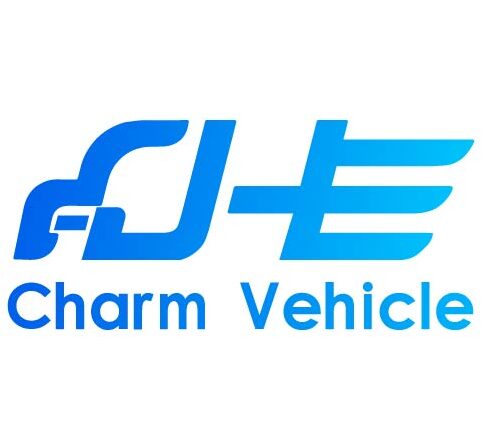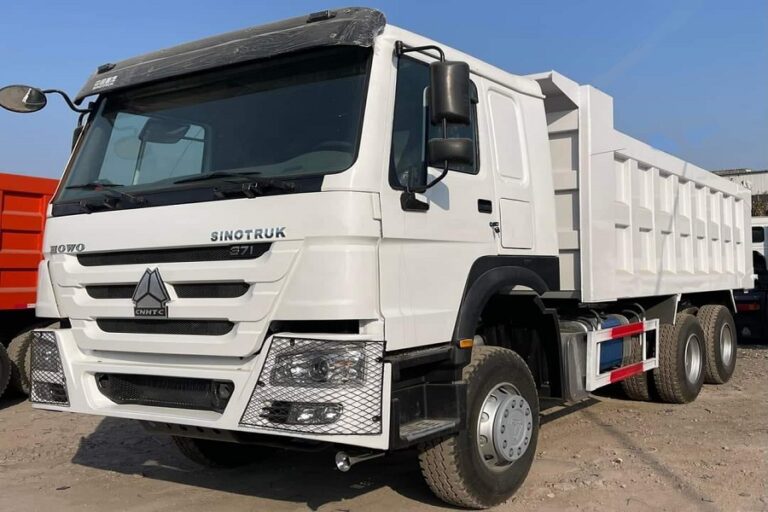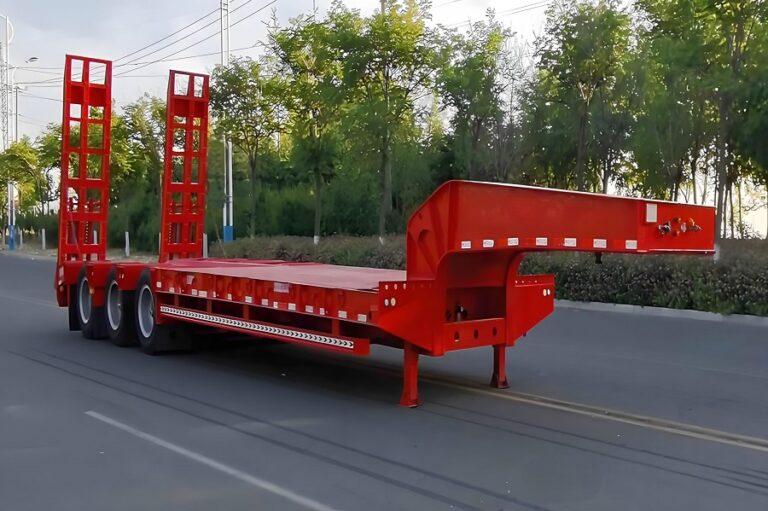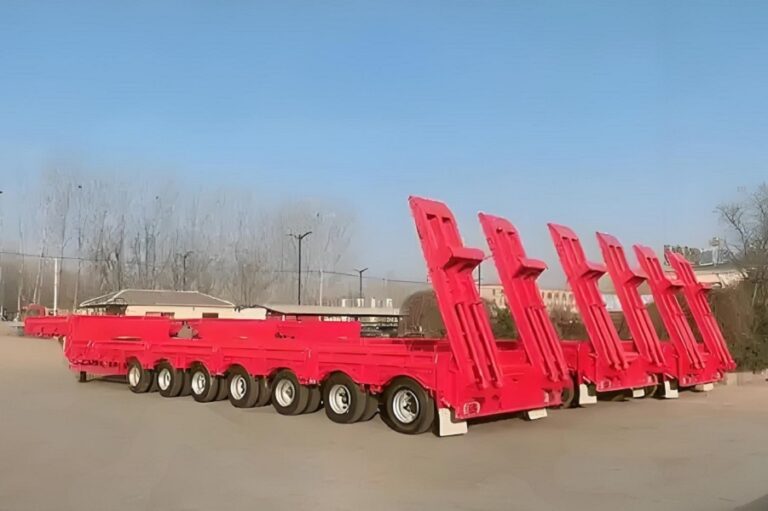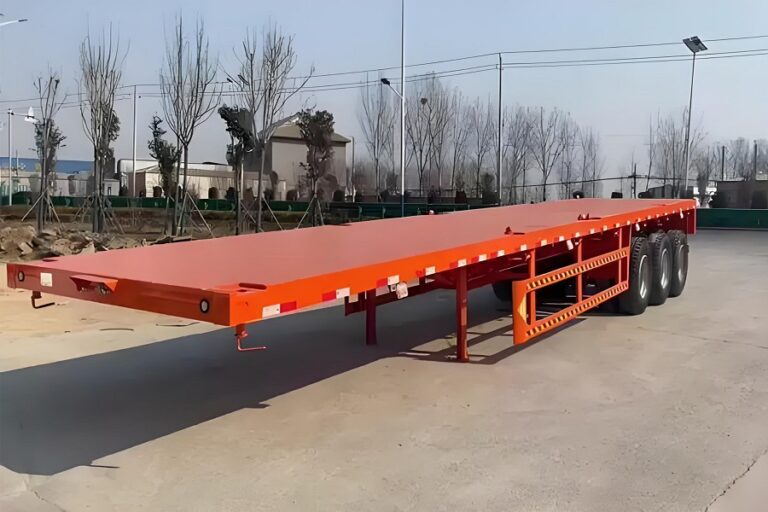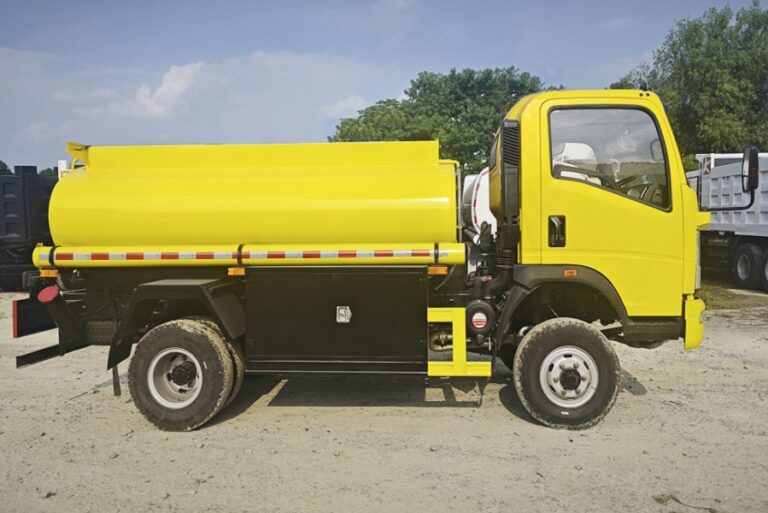Key Words: Cement Tank Semi-Trailer, Key Features
A Cement Tank Semi-Trailer, also known as a cement bulk trailer or cement tanker, is a specialized vehicle designed for transporting bulk cement and other dry powdered materials. It is widely used in the construction industry, particularly for transporting large quantities of cement from manufacturing plants to job sites. Below are the key features of a cement tank semi-trailer:
1. Tank Design
The core component of a cement tank semi-trailer is a cylindrical tank, typically made from high-strength steel or aluminum. These materials not only ensure the durability and strength of the tank but also prevent corrosion caused by the heavy loads and harsh transportation conditions. The design of the tank also often takes aerodynamics into consideration, reducing wind resistance and fuel consumption during transport.
2. Capacity
Cement tank semi-trailers typically have a capacity ranging from 25 to 40 tons, depending on the size and configuration of the trailer. These vehicles can transport a large amount of cement in one trip, reducing the number of trips required and increasing overall efficiency. Their large capacity makes them indispensable for long-distance transportation and large-scale projects.
3. Discharge System
To improve unloading efficiency, cement tank semi-trailers are equipped with a pneumatic discharge system. This system uses air pressure to quickly and cleanly unload the cement into designated silos or storage facilities. Common components of the pneumatic discharge system include:
- Blower: This device creates a powerful airflow to transfer the cement from the tank to the unloading point.
- Air Pressure Control: Ensures stable airflow during the unloading process to prevent cement blockages or clumping.
This system not only improves unloading efficiency but also minimizes cement loss during the unloading process.
4. Dust Control
During the transportation and unloading of cement, dust can be generated, which poses risks to the environment and workers. Therefore, cement tank semi-trailers are often equipped with advanced dust control systems. Common dust control measures include:
- Filtration System: High-efficiency filters capture dust released during unloading.
- Automatic Valves: These valves regulate the airflow during loading and unloading to minimize unnecessary dust release.
These dust control measures ensure a safe working environment and comply with environmental regulations.
5. Safety Features
The design of a cement tank semi-trailer emphasizes safety. Below are some common safety features:
- Pressure Relief Valves: Prevent the tank from rupturing due to excessive air pressure, ensuring the stability of the tank during transport and unloading.
- Sturdy Construction: The trailer’s structure is carefully designed to withstand the weight of the cement and remain stable during long-distance transportation.
- Emergency Stop Devices: These devices can immediately halt the vehicle’s operation in case of an emergency to prevent accidents.
6. Applications and Industry Use
Cement tank semi-trailers are essential in the construction industry, especially in large-scale projects. Their specific applications include:
- Construction Projects: Transporting bulk cement to concrete mixing plants or construction sites.
- Cement Factory Distribution: Transporting large amounts of cement from factories to warehouses or distribution centers.
- Large Infrastructure Projects: Such as roads and bridges, which require frequent and large cement shipments.
Due to their efficiency and reliability, cement tank semi-trailers are widely used across the globe, particularly in infrastructure development and large construction projects.
7. Maintenance and Care
To ensure the long-term efficient operation of a cement tank semi-trailer, regular maintenance and inspections are crucial. Common maintenance tasks include:
- Check the Pneumatic System: Ensure the blower and discharge system are working properly.
- Inspect the Dust Control System: Regularly clean or replace filters to maintain dust control effectiveness.
- Check the Tank and Chassis: Periodically inspect the tank for cracks or corrosion to ensure its load-bearing capacity.
Proper maintenance not only extends the lifespan of the trailer but also minimizes downtime due to malfunction, increasing overall transport efficiency.
Cement tank semi-trailers are vital transport tools in the construction industry. With their impressive load capacity, advanced unloading systems, and effective dust control features, they meet the high demands of bulk cement transportation for modern construction projects. Through their safety, environmental, and efficiency designs, cement tank semi-trailers play a crucial role in the development of global infrastructure.
For more information or to learn about our services, please feel free to contact us. We are here to assist you with all your needs.You can also click here to know more about our products.
- Cement Tanker Trailer1 product
- Drop Side Semi Trailer3 products
- Flatbed Trailer2 products
- Fuel Tanker Trailer1 product
- HOWO Dump Truck1 product
- HOWO Fuel Tank Truck1 product
- HOWO Tractor Head1 product
- Low Bed Trailer2 products
- LPG Tank Trailer1 product
- Skeletal Trailer1 product
- Superlink Trailer2 products
- Tipper Trailer1 product
- Used Pickup Truck4 products
